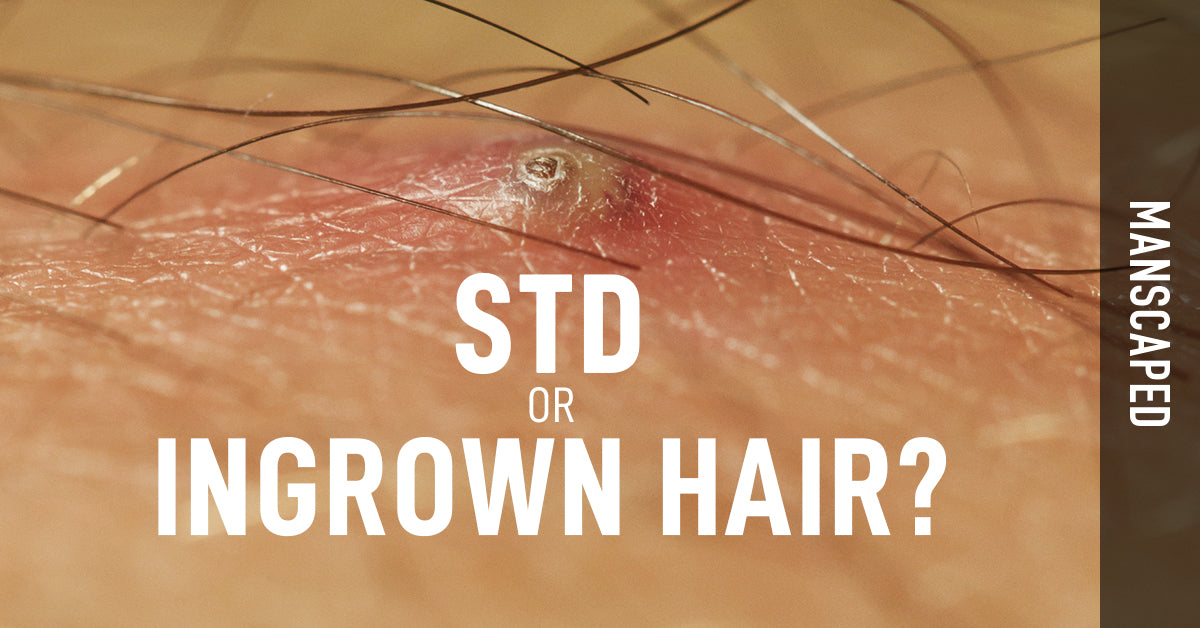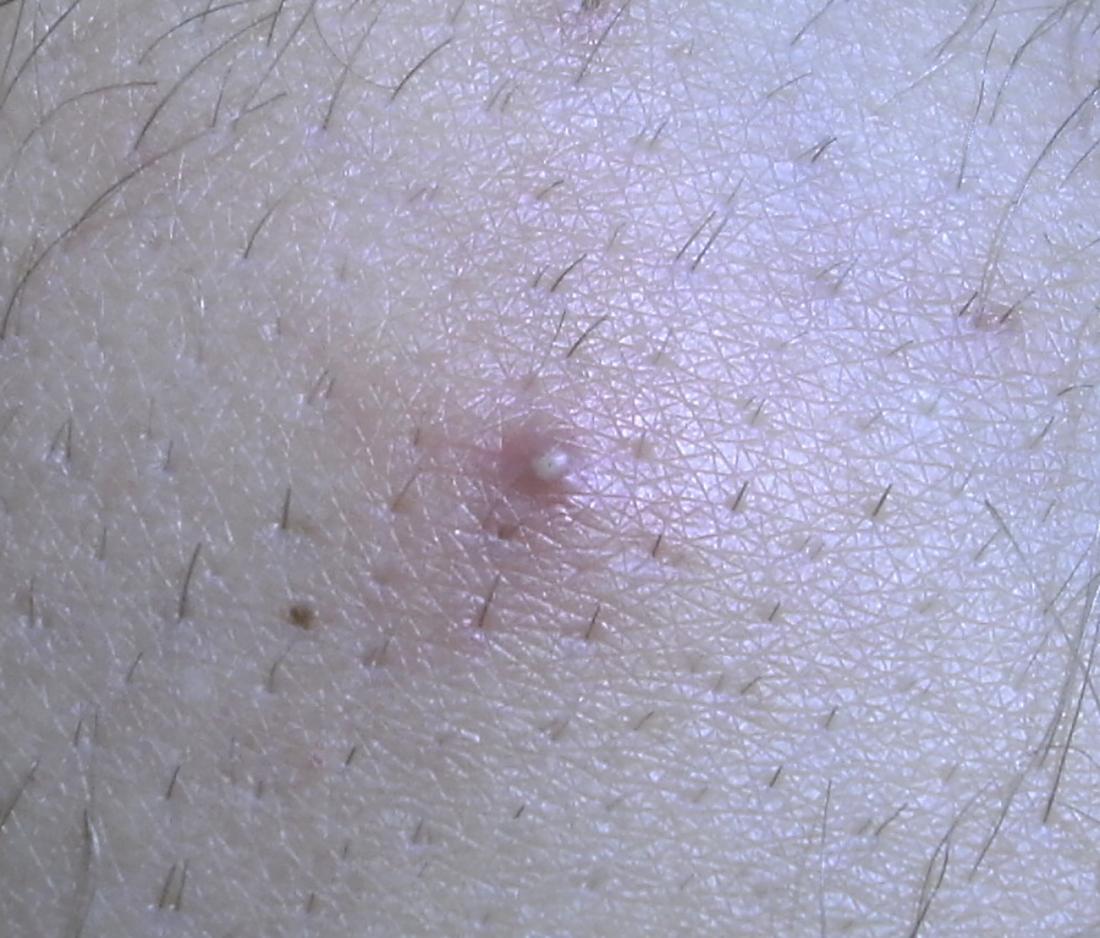Infected Ingrown Hair: Pictures, Treatment, Removal, and More
Table Of Content

Simple home remedies like gentle exfoliation and warm compresses can provide relief, while more severe cases may require medical intervention. Practicing good grooming habits and getting professional help to prevent complications like infections or scarring is necessary. As with psoriasis, see a dermatologist to help with treating eczema in the genital area.
What is an ingrown pubic hair cyst?
They can help identify the culprit and prescribe the right course of treatment. When new hair forms, if the hair follicle is closed up, hair can't grow out of the follicle and through the skin. It’s also important to keep the area clean and moisturized.
When should you see a health care provider about ingrown pubic hair?
Gently lift the hair loop until one end releases from your skin. If an ingrown hair becomes infected, you may notice the bumps getting bigger and more painful. The beard area of your face (neck, cheeks and chin), legs, armpits and pubic area (bikini line and inner thigh) are most likely to develop ingrown hairs. However, they may also appear on other parts of your body, including your scalp, chest, back, abdomen, inside of your nose (nostril), eyebrows and buttocks (butt).
Try out a serum meant to prevent ingrown hairs.
Emma Watson Fur Oil - Pubic Hair Oil And The Other Beauty Products You Can Use On Your Vagina - ELLE UK
Emma Watson Fur Oil - Pubic Hair Oil And The Other Beauty Products You Can Use On Your Vagina.
Posted: Wed, 27 Mar 2019 07:00:00 GMT [source]
When you have thick or curly hair, you can get a type of ingrown hair called pseudofolliculitis. The hair that grows back has a sharper edge, so it can more easily poke back through your skin and get trapped under the surface. This article looks at nine possible causes of itchy pubic hair, including how they are treated. It also explains when it's time to see a healthcare provider if at-home treatments fail to provide relief. Shaving your nether regions almost inevitably leads to pesky ingrowns, but you're not doomed. Here's how to get rid of ingrown pubic hairs and prevent them from coming back.
Use a wet washcloth or an exfoliating glove to help the ingrown hair return to the surface. Exfoliating can remove any dead skin cells, dirt, and oils that might be trapping the ingrown hair under the surface. If a person has concerns about ingrown hairs, or if they experience symptoms of an infection, it is best to contact a doctor for advice. The doctor may recommend antibiotics or other treatments. First, the Mayo Clinic recommends that you stop shaving, tweezing, or waxing until things clear up.
But they’re especially annoying when they pop up in more sensitive areas, like in your pubic area. Chemical hair removers are an option but can irritate sensitive skin. Consider testing the product on a small patch on another part of your body before using it on your pubic area.
Vaginal boils are a common skin infection that usually resolves with at-home care. Speak with your healthcare provider if you are concerned about a boil near your vagina. They will be able to recommend the best treatment for you and ensure you have the support you need.
They can give you antibiotics and other treatments to keep the infection from spreading and prevent scarring. If ingrown hair infections recur or are severe, you may have an underlying condition that needs medical treatment. For a severe infection, they can prescribe medication to treat it and coax the hair out. For example, prescription steroid creams can reduce inflammation, and prescription-strength antibiotic creams can treat the infection. Home remedies can often treat ingrown hairs, even if the affected area becomes infected.

There’s a purpose for all the many clusters of hair that grow on our skin. If you’re dealing with an STI or you suspect you have one, it’s even more important to see your doctor as soon as you can. While some STIs, like herpes, are not curable, there are medications that can help shorten outbreaks and lower the risk you’ll pass it on to a partner. Scabies is caused by a tiny burrowing mite called Sarcoptes scabiei.
Here, experts break down what ingrowns are, exactly, and share tips on how to get rid of ingrown pubic hairs. Plus, you'll find simple steps you can take to prevent them from sprouting again. If you have chronic ingrown hair problems, it might be best to avoid shaving altogether. Instead, consider permanent ways to remove hair, like laser treatments or electrolysis. Although quite not permanent, depilatory methods, which include liquid or cream treatments like Nair, can produce long-lasting results as well. If you often develop infected ingrown hairs, the doctor may take a skin sample for testing.
Boils will start out small but can grow as big as a golf ball. A warm compress can help soothe the skin if you have cysts, pimples, or bumps caused by irritation, Dr. Greves says. It may even help open up your pores if you’re dealing with something like an ingrown hair. Just soak a clean cloth in warm water, squeeze out the excess liquid, and apply it to the affected area for up to 15 minutes.
Squeezing an ingrown hair will increase the risk of infection. If an infection is present, squeezing the bump may worsen it. Infected ingrown hairs can be uncomfortable, but most clear up on their own in 7–10 days with good hygiene. Never pick or pop an infected ingrown hair, as this also increases the risk of complications.
Comments
Post a Comment